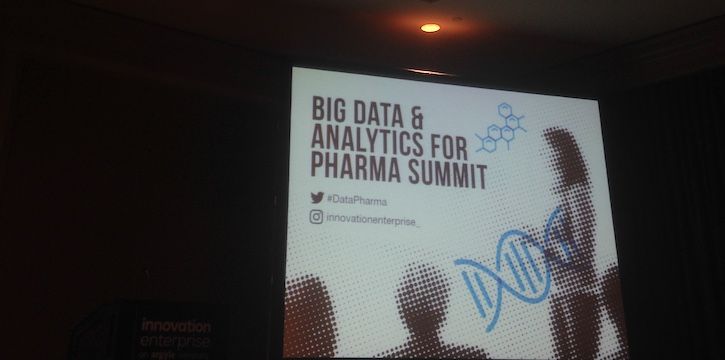4 Steps Toward Using Real-World Data
Jyotsna Mehta, the owner of the analytics firm KEVA Health, provided a 4-step framework to make the big data problem a little smaller.

The first time building a trial using real-world evidence (RWE) analytics can be daunting. At the Big Data and Analytics for Pharma Summit in Philadelphia today, Jyotsna Mehta, the owner of the analytics firm KEVA Health, provided a 4-step framework to make the big data problem a little smaller.
1. Develop an in-depth understanding of the data landscape.
In order to begin any analytics project, a team must know what materials it has at its disposal. For real-world evidence, the goods vary in style, format, and quality. They can be anything from large sets of heart-rate data from wearables to information in electronic health records.
Mehta says it’s important to know the data sources. She gave the example of a study on lymphoma using patient data from the European Union. After careful appraisal of each country’s available data sets, they created a prioritization framework based on access and attributes, weeding out weaker options.
2. Build an interface of different data variables of interest.
Once data sources are selected and prioritized, it’s important to begin finding which metrics are of most value and how they relate to other metrics in other sets. That’s how researchers can begin building relevant connections. The process can include de-identification and linkage across data sets like electronic health records and claims data. Encryption, meanwhile, can help protect privacy.
3. Integrate vertical and horizontal aspects of the big data platform.
The objective of this stage, Mehta says, is to “understand the unique needs and attributes for the program.” The process involves identifying the range of applications that platform could be useful for, and to whom. She pointed to 4 specific areas: identifying needs of research partners, understanding the disease state at hand (through things like population size, patient variables, and treatment options), identifying the platform’s key target audience, and other existing data sources on the problem.
4. Apply enterprise-level analytics
Once all the RWE has been contextualized, an interface has been built, and its potential understood, the analytics queries can begin. Mehta showed a Sankey diagram from previous work. The diagram fluidly traced more than 5000 major depressive disorder patients through dozens of potential treatment combinations. The work, she says, answers a powerful combination of questions, including who the patients are; what the drivers are behind treatment decisions; and how patients have moved across the lines of therapy.
Mehta pointed out that deft use of the 4-step approach can allow researchers to reach a great degree of specificity in their cohorts. She detailed a study in which they began with 70,000 potential patients. After applying every exclusionary factor, they whittled that down to little more than 200 highly compatible patients, allowing for a well-tailored trial.
Telehealth faces a looming deadline in Washington | Healthy Bottom Line podcast
February 12th 2025Once again, the clock is ticking on waivers for telemedicine and hospital-at-home programs. Kyle Zebley of the American Telemedicine Association talks about the push on Congress and the White House.
Robert F. Kennedy Jr. should resign or be fired, public health leader says
April 11th 2025The American Public Health Association’s director calls on Kennedy to step down as the nation’s health secretary. The group cites Kennedy’s staff cuts, reorganization and his refusal to promote vaccination.
How Healthcare Costs Can Influence the Patient Journey
April 10th 2025We surveyed 1,000 consumers to understand their preferences at each stage of the care journey, from search to follow-up. Our findings reveal that patients now demand transparency, clarity, and control over their healthcare costs. Forward-thinking providers who integrate revenue cycle management (RCM) into their patient engagement strategies can significantly improve satisfaction and ensure seamless payments. The survey also identifies key digital features that patients want to better manage their costs, empowering them to engage more effectively with their care. Download our e-book to discover these insights.